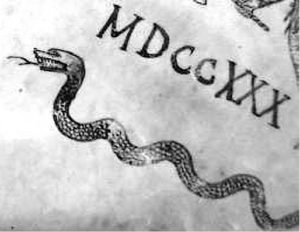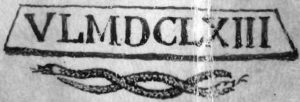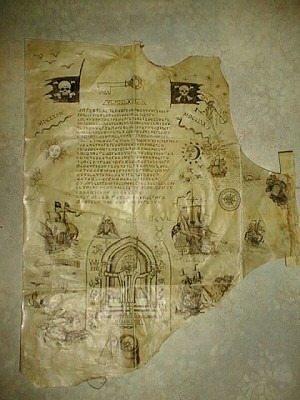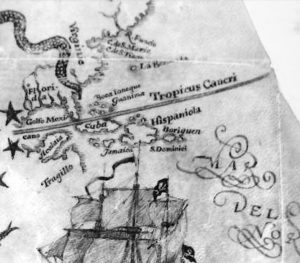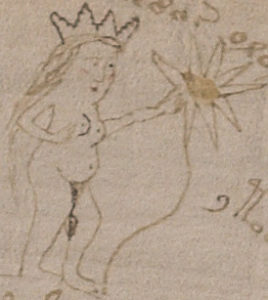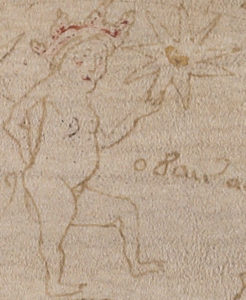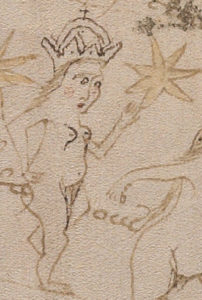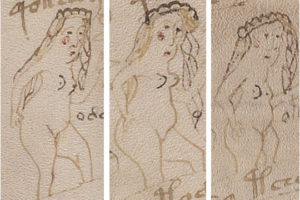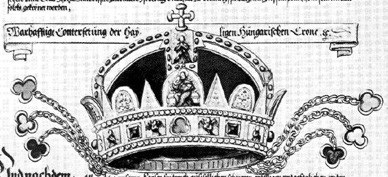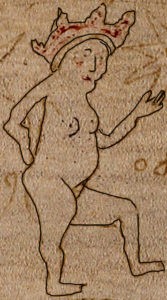It’s all very well concluding (as Aussie über-codebreaker Captain Eric Nave seems to have done back in 1949, later followed by Jim Gillogly and many others) that the curious message on the Rubaiyat is acrostic rather than enciphered: but does that help us crack it at all?
Ragged Right / Rubaiyat
Because the lines are strongly ragged-right justified, others have suggested that the letters taken as a whole may well encrypt an acrostic poem: and given also that the cryptogram was itself written on the back of a soft-back book of poetry, I personally have long struggled to come up with anything that seems even half as plausible.
Note that I’m really not saying here that the Rubaiyat cryptogram is necessarily a love poem: the poems in the Rubaiyat cover many different emotions, thoughts and feelings (perhaps most famously drunkenness, regret and mortality), so there is still plenty of room for manoeuvre.
However, I think that the presence of the crossed out line #2 (“MLIAOI“) and the extremely similar (but far from identical) line #4 (“MLIABO AIAQC”) is an extremely strong indication that what we are looking at is not a transcription of something that previously existed (say, of a telegram or of a speech) but is instead a record of composition by the author him- or her-self.
That is, I think the writer was probably making up a poem in their head and was quite possibly writing down the first letters of the words in that poem as an aide-memoire to themselves. He/she started to write down line #2 but then realized it was out of order, crossed it out, and wrote down the real next line (line #3), followed by what we now see as line #4.
The first big question, then, is about what the precise relationship between line #2 and line #4 is. Clearly they are not identical: yet they seem to share many of the same words, and very likely the same rhythm and meter. Hence it seems likely that “AOI” is somehow interchangeable with “ABAOI”: though unlikely to be the same, I think it is likely that they work the same within the overall poetic framework.
I am now strongly convinced that only one of the many, many claimed solutions for these lines proposed over the last 60 years that I have seen comes close to approaching the right combination of features that match this template of likely features:
* My Life Is Almost Over, I…
* My Life Is All But Over, And I Am [Quietly Content?]
Note that the scansion and meter are both far from exact here: but as melancholy Strine poetry goes, it’s far from terrible.
What About The Rest?
Line #5 seems (to my eye) to end with an underlined ‘R’: if this is indeed an acrostic letter (and not, say, the second half of the ‘AR’ Morse Prosign for “All Received”), then I do wonder if it is short for ‘Repent’, a fairly decent (and Rubaiyat-themed) rhyme for ‘Content’.
At the same time, if line #1 and line #3 end with D and P respectively, might it be that they rhyme? What D-word and P-word pair not only rhymes but also has roughly the right stress pattern that could be of any use in Strine poetry?
My guess is that if someone were to write a programme to generate potential D-/P- rhyme pairs, there would be only be something like 20 or 30 high ranking candidates (for example, I suspect we could safely rule out ‘Damn’/’Pram’, ‘Deep’/’Peep’ and so forth). Whether that would be enough to infer the rest of those two lines from their last words is marginal at best, if not questionable. All the same, finding good rhymes to go there might well be a good start: so why not try? 🙂

